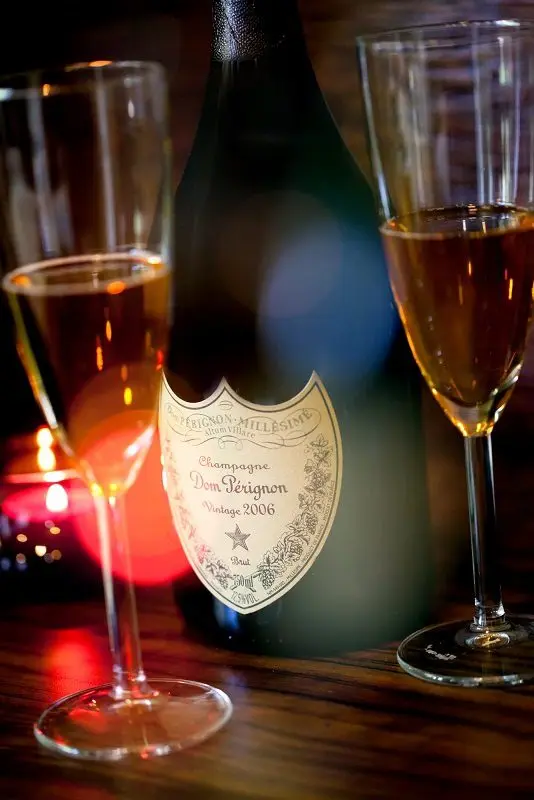The word cuvee itself is translated from French as “barrel”, and indeed, all the meanings of this term (and there are at least four of them) are somehow connected with barrels in which the process of aging and aging of alcoholic beverages takes place. We will figure out what a similar inscription on a label with wine or champagne can mean.
Firstly, in the language of winemakers, cuvée is the juice of the first extraction. When ripe berries are thrown under the press, the first portion of the resulting must is called cuvee and is a little more than 50% of the volume of the original raw material (according to the “canons”, 4000 liters of cuvee should be obtained from 2050 kg of grapes). Such a wort is more aromatic and of better quality than the last portion (“tail”), which is distinguished by a sharper and rougher taste.
Greenish, withered or slightly spoiled berries are not suitable for the first pressing: only the most mature grapes are used, bursting from the slightest pressure. At the same time, it is important to bring the fruits to the press intact so that the juice does not begin to oxidize ahead of time.
From the cake left after the cuvée, you can still get a lot of juice – but its quality is already noticeably lower, such pressing is used to produce inexpensive drinks.
Secondly, cuvée is a mixture of young wines with last year’s batches. Wine yeast and sugar are added to the prepared drink, after which the blank is sent for the second fermentation (fermentation) – this is how sparkling wines, in particular Champagne, are produced.
Thirdly, cuvee wine is the label of the best drinks of a certain region. Often, winemakers indicate this term on the label to show that this wine is different from the usual line: for example, it is more mature, or a special blend (blend) of varieties was used for production.
Champagne cuvée is most often a prestigious and expensive sparkling wine of many years of aging from the best regions of Champagne. For example, this category includes the famous Dom Perignon (the brand was the first to receive the inscription cuvee on the label) and Canti. Also, this term refers to a blend of dry still wines used as must for champagne. Cuvée brut (Champagne Jacquesson & Fils) and sweet cuvee (Casaldomo Dolce) and other variations can be found on the market, as there are no official regulations in this regard.

Remember that the labeling of Cuvee drinks is not regulated in any way in any country in the world and remains at the discretion of each individual producer, therefore it does not guarantee a truly exceptional taste of the wine.
Previously, one could come across the wording “first” and “second” cuvee (in fact, an analogue of the modern grade), but today there is no such distinction. But there is a “prestigious cuvée”: such wine is a real work of art. It is distinguished not only by the excellent quality of the drink itself, but also by the exclusive design of the container, often labels for such wines are drawn by eminent artists, and the batch size is very small, otherwise there will be no main advantage of the brand – exclusivity.
Despite the fact that initially the term referred only to wines (mainly Champagne), today the cuvee marking can be found on beer, ale, cognac, and even chocolate. Most often, this means that a mix of ingredients was used in the production of the product, and not a “mono-variety”.









